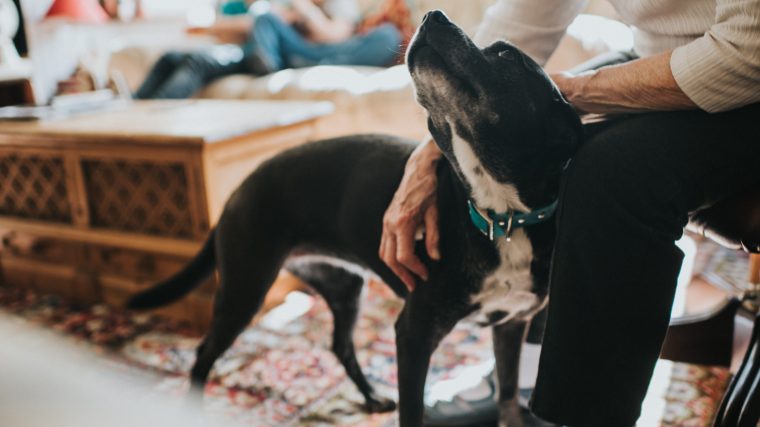
Bringing home a new rescue dog is an exciting time — and also a stressful one. There are many changes taking place for you and your dog. You’ll both be adjusting to new routines, smells, and sights. Luckily, following the 3-3-3 rule can help you predict what changes you might see as your dog settles in, making for a smoother transition.
What is the 3-3-3 rule?
The 3-3-3 rule stands for three days, three weeks, and three months. These are the “transition” periods a dog goes through when they first arrive home — each one corresponding to a new phase. You may see changes such as new behaviors that appear, adjustments to routines, and more. While the 3-3-3 rule is often applied to adult rescue dogs, puppies can undergo a similar adjustment period as well.
The first three days
These first few days are often the most overwhelming for your dog. They’ve just arrived home to a new place with strange smells, sights, and people. Be sure to set aside a place your dog can go to for relaxation if they become overstimulated. A crate with a blanket over it in a calm corner of the house, a quiet bedroom, or a laundry room out of the way can all be calming locations. Having cleaning supplies on hand, such as puppy pads and enzymatic cleaners, can also help with any accidents that happen as your dog learns the rules.
During this first transition, you’ll want to be extra patient with your dog. Make sure to give them time and space to adjust. Try to avoid doing too much in the first few days, but do start establishing a routine of when meal times, walks, and sleeping periods occur. You will also want to limit too much “new” stimulus during the first three days, such as meeting new people or going to new locations like the dog park. They’re better left for when your dog is more settled in.
The first three weeks
This next transition period, the first three weeks, is when your dog starts to relax and settle in. Often, you’ll see behavioral changes as their “true” self comes out. Your dog may be more eager to seek you out for playtime or cuddle sessions as they get used to the home and you. Having extra toys on hand and setting plenty of time aside for one-on-one attention is important.
However, you may also see unwanted behaviors during this phase, such as anxious chewing or excessive barking. It’s important to be consistent in your routine and training at this time. Routines can help your dog learn what is expected of them. Training can deter unwanted behaviors and turn them into welcome ones. If you notice a big problem, speaking with a trainer or behaviorist is a good idea.
The first three months
After three months, your dog probably realizes this is now their forever home! You will likely have a stronger bond at this point and be set in your daily routines together. But, it’s important not to slack on any training you established. By staying consistent you can help your dog continue to feel safe and secure in their new home. This is also a great time to begin introducing new things. Include new family and friends, new locations like the dog park, or even start group training sessions to work on any lingering issues.
While most rescues go smoothly, if you are still struggling with your rescue pup and considering rehoming them, read up on how to troubleshoot common issues with rescue dogs. Also, check out our tips on helping your rescue dog decompress.




